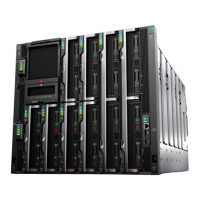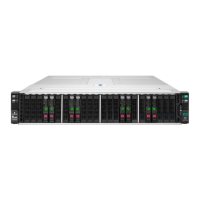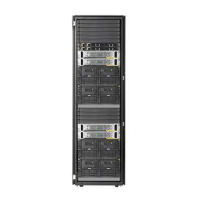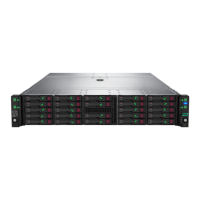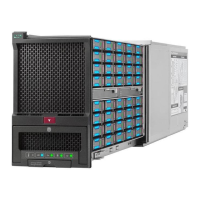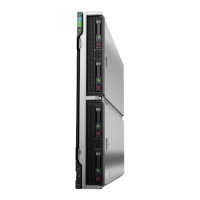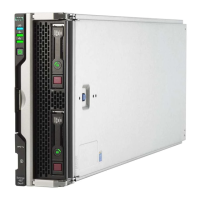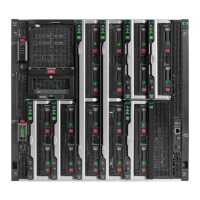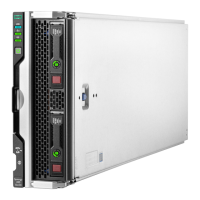Common issue resolution
Resolving loose connections
• Be sure all power cords are securely connected.
• Be sure all cables are properly aligned and securely connected for all external and internal
components.
• Remove and check all data and power cables for damage. Be sure no cables have bent pins or
damaged connectors.
• If a cable routes through air baffles or other components, be sure the cords and cables connected to
the compute module are routed correctly through the baffle.
• Be sure each device is properly seated. Avoid bending or flexing circuit boards when reseating
components.
• If a device has latches, be sure they are completely closed and locked.
• Check any interlock or interconnect LEDs that might indicate a component is not connected properly.
• If issues continue to occur, remove and reinstall each device, checking the connectors and sockets for
bent pins or other damage.
Searching for service notifications
Service notifications are created to provide solutions for known issues. Check to see if your issue is
covered by an existing service notification.
Procedure
1. See the Hewlett Packard Enterprise website (http://www.hpe.com/support/hpesc).
2. Enter the product name or number, and then press Enter.
3. To show the documents available for your product, select Documents.
4. To narrow the results, select from the available options to filter by document type.
Some of the document types you may include are as follows:
• Advisory—Provides a problem and solution to an issue or a workaround.
• Bulletin or Security Bulletin—Provides information about a potential product safety or security
vulnerability.
• Notice—Provides general information, announcements, or best practices.
Component LED definitions and component information
Many common issues can be identified by reviewing the LEDs. For more information, see the HPE
Synergy documentation on the Hewlett Packard Enterprise website (http://www.hpe.com/info/synergy-
docs).
Common issue resolution 29
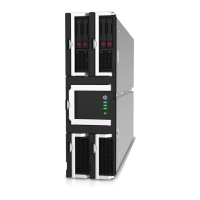
